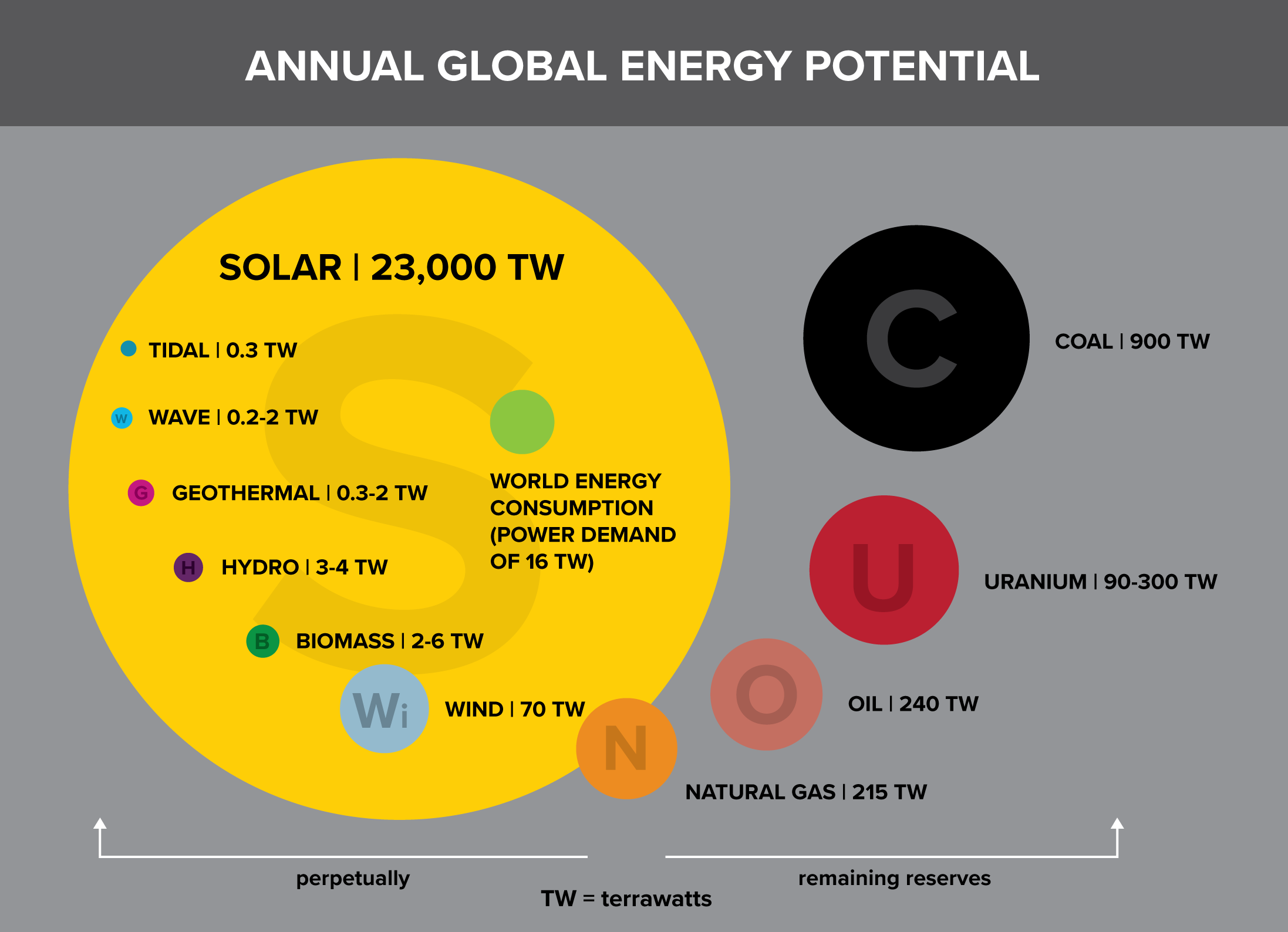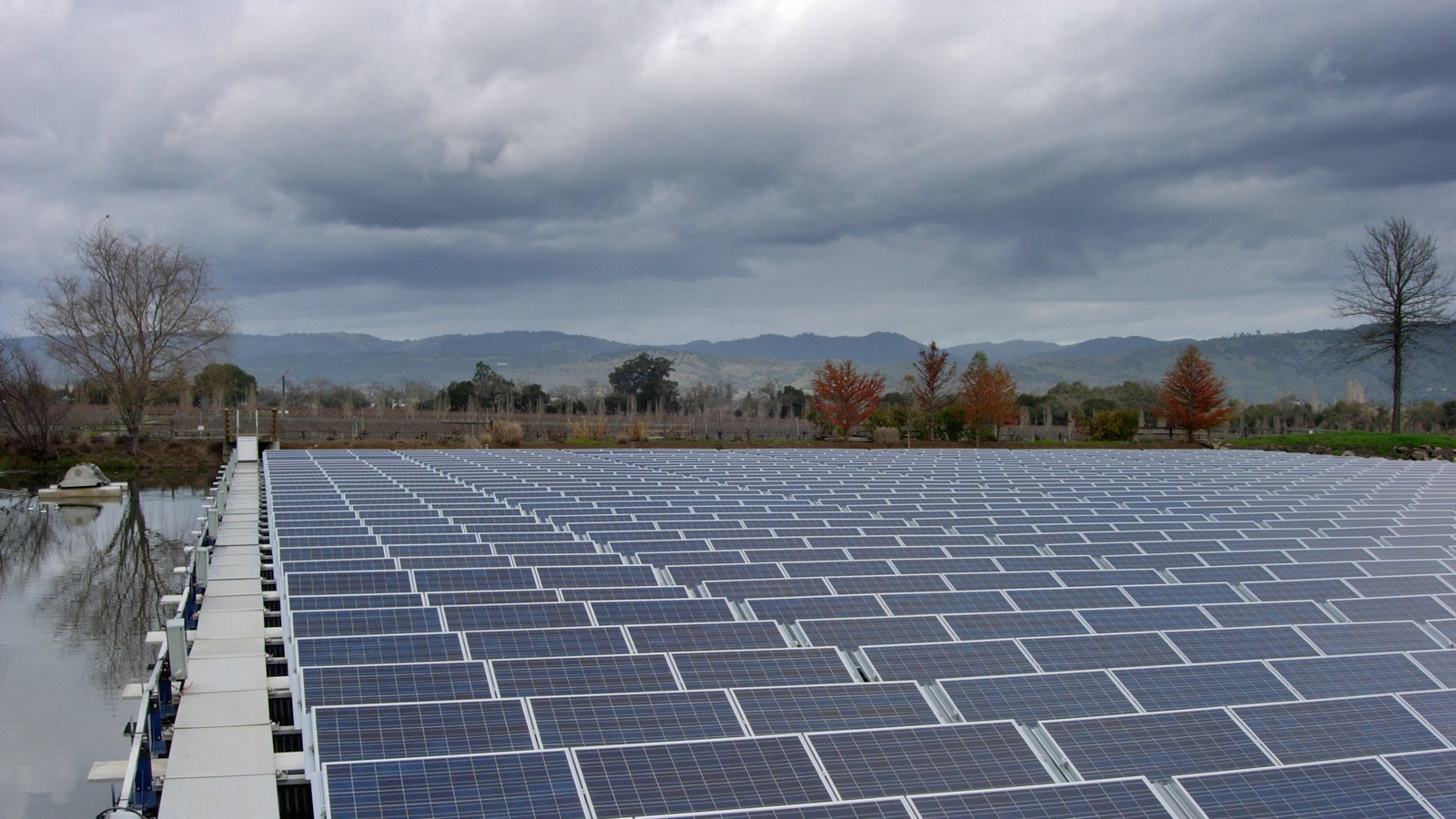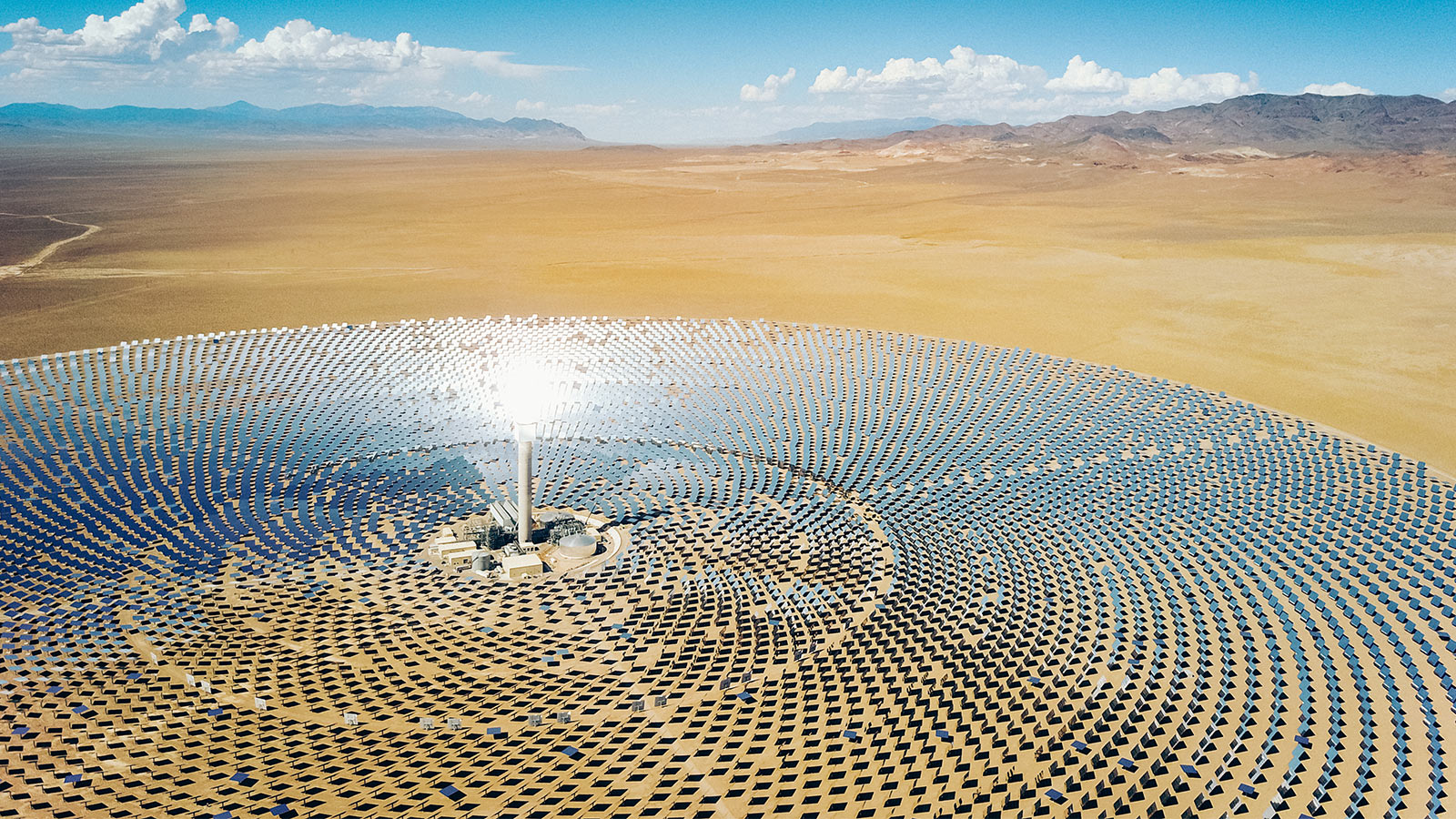What is Solar Power?

Solar power is energy harnessed from the sun that is transformed into different types of energy, including thermal and electricity.
A bevy of innovative and evolving technologies, including photovoltaics, solar thermal energy, solar heating and more are used to harness heat and light, which are converted into thermal or electric energy.
Solar power is considered clean and one of the most abundant of renewable energy sources available.
How Solar Energy Works
About 30 percent of incoming solar radiation is reflected out into space and plays no role in Earth’s climate system. Of the remaining 70 percent, 23 percent of incoming solar radiation is absorbed in the atmosphere, either by water vapor, atmospheric particles, dust and ozone. The remaining 47 percent passes through the atmosphere and is absorbed in Earth’s land and sea — which makes up nearly 71 percent of the entire world.

The 70 percent of solar energy the Earth absorbs per year equals roughly 3.85 million exajoules. In other words, the amount of solar energy hitting the earth in one hour is more than enough to power the world for one year. How solar energy is captured and stored, however, is where things get even more interesting.

Harnessing Solar Power
Using renewable energy has been shown to reduce greenhouse gas emissions and air pollution. Often dubbed “green energy,” solar power is just one subset of renewable energy sources. Harnessing solar power depends on a number of factors, including geography and technology. The technology used to harness solar power is characterized either as active or passive, depending on the way it captures and processes sunlight into usable solar energy.
Active solar techniques collect solar radiation which is later converted into a variety of energy sources. Active solar technologies include the implementation of photovoltaics, concentrated solar power, solar thermal collector systems and others to convert sunlight.
Active Solar Technologies
Active solar techniques collect solar radiation which is later converted into a variety of energy sources. Active solar technologies include the implementation of photovoltaics, concentrated solar power, solar thermal collector systems and others to convert sunlight.

Passive Solar Technologies
Passive solar technologies take advantage of a building’s location, the location’s climate and the building materials used to mitigate as much energy use as possible. In other words, passive systems do not need to rely on the use of motors, fans or pumps to curate solar heat. A passive solar technique will first work to reduce a home or building’s heating and cooling. Solar energy is then used in whole or in part, once heating and cooling loads have been reduced.